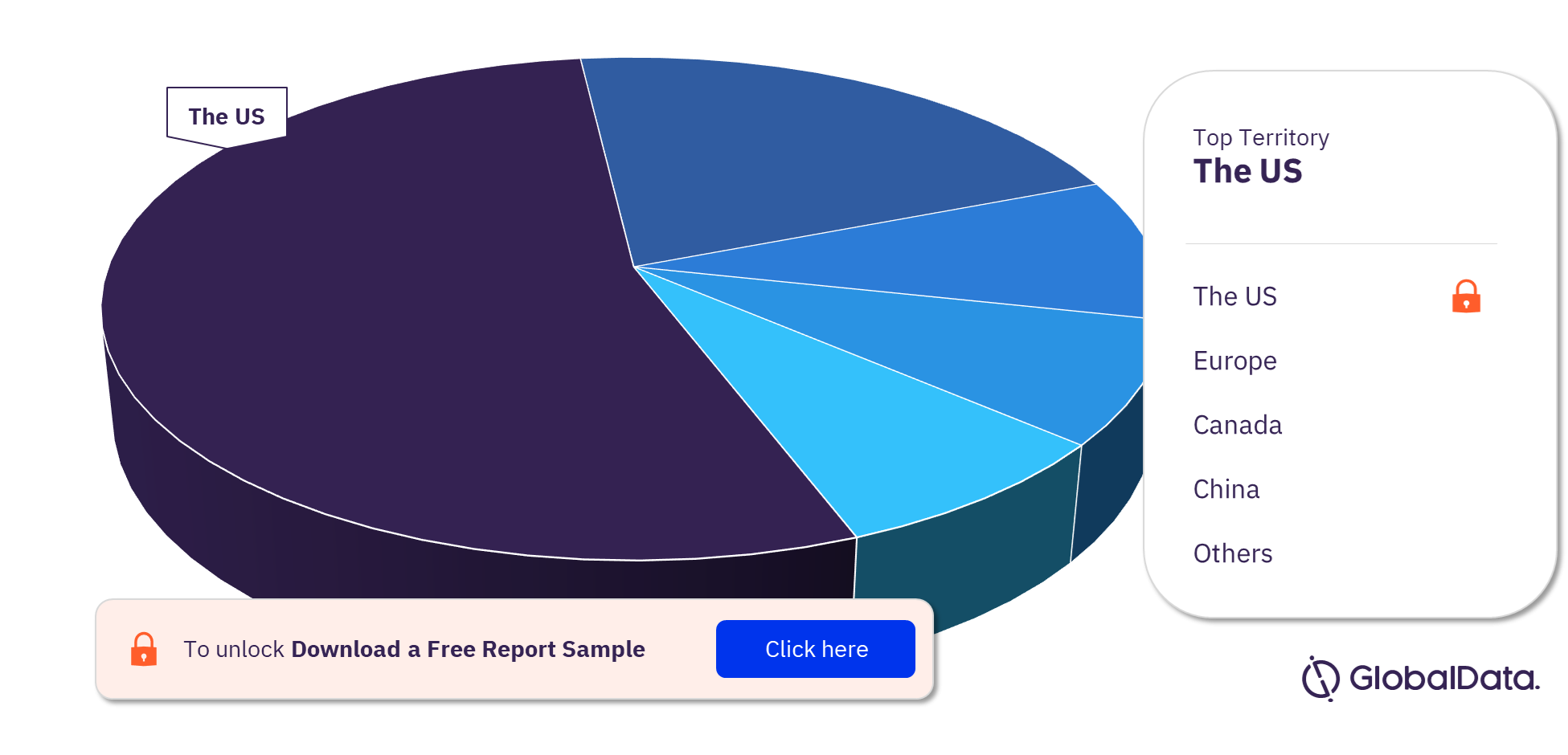Regulatory Compliance in Cardiovascular Monitoring Pipeline Products Market

Regulatory compliance in the cardiovascular monitoring pipeline products market is critical to ensure the safety and effectiveness of new technologies and devices. Government agencies and regulatory bodies play a central role in evaluating and approving these products.

For more territory insights into the cardiovascular monitoring devices pipeline products market, download a free report sample
Here's an overview of regulatory compliance in this sector:
Regulatory Bodies:
-
FDA (Food and Drug Administration - USA): In the United States, the FDA is the primary regulatory authority responsible for assessing and approving medical devices related to cardiovascular monitoring. This includes devices like implantable cardiac monitors, ECG devices, and other diagnostic tools.
-
CE Marking (European Union): In the European Union, medical devices must comply with CE marking requirements, indicating conformity with relevant regulations. The European Medicines Agency (EMA) and national competent authorities oversee this process.
-
Health Canada: Health Canada regulates medical devices in Canada. Devices related to cardiovascular monitoring must meet the requirements of the Medical Devices Regulations.
-
Japanese Pharmaceuticals and Medical Devices Agency (PMDA): In Japan, the PMDA is responsible for ensuring the safety and efficacy of cardiovascular monitoring devices and other medical products.
Regulatory Compliance Process:
-
Preclinical Testing: Developers of cardiovascular monitoring devices typically conduct extensive preclinical testing, including laboratory studies and animal trials, to assess safety and efficacy.
-
Clinical Trials: Clinical trials are a critical step in evaluating the performance of new cardiovascular monitoring products. Developers must follow specific protocols and obtain approval for these trials from regulatory agencies.
-
Regulatory Submission: Manufacturers are required to prepare a comprehensive submission to the regulatory authority. This submission includes data from preclinical testing and clinical trials, as well as information on product design, manufacturing, and labeling.
-
Regulatory Review: Regulatory agencies conduct thorough reviews of the submission, assessing the device's safety, effectiveness, and compliance with relevant regulations.
-
Approval or Clearance: Once the device has successfully passed the regulatory review, it can receive approval or clearance for marketing and use. The specific type of approval (e.g., 510(k) clearance in the USA) depends on the device's classification and risk level.
-
Post-Market Surveillance: Regulatory compliance doesn't end with approval. Manufacturers must continually monitor and report on the safety and performance of their devices in the post-market phase. This includes reporting adverse events and product recalls if necessary.
Key Regulatory Considerations:
-
Classification: Devices used in cardiovascular monitoring are classified based on their risk level. Higher-risk devices, such as implantable devices, require more rigorous testing and scrutiny.
-
Quality Management Systems: Manufacturers must establish and maintain quality management systems that adhere to specific standards, such as ISO 13485, to ensure consistent product quality.
-
Labeling and Instructions for Use: Proper labeling and user instructions are essential to inform healthcare professionals and patients about the device's safe and effective use.
-
Post-Market Reporting: Timely and accurate reporting of adverse events and product issues is crucial to maintaining regulatory compliance.
-
International Harmonization: Many regulatory bodies work to harmonize standards and processes to streamline global market access for cardiovascular monitoring products.
-
Privacy and Data Security: In an era of connected health, data privacy and security are increasingly important, especially when devices collect and transmit patient health information.
Ensuring regulatory compliance is essential to bring cardiovascular monitoring pipeline products to market, ensuring they meet high standards of safety and efficacy. Developers and manufacturers must work closely with regulatory authorities and stay informed about evolving regulatory requirements. Failure to meet compliance standards can result in delays, fines, or the removal of products from the market.
- Questions and Answers
- Opinion
- Motivational and Inspiring Story
- Technology
- True & Inspiring Quotes
- Live and Let live
- Focus
- Geopolitics
- Military-Arms/Equipment
- Beveiliging
- Economy/Economic
- Art
- Causes
- Crafts
- Dance
- Drinks
- Film/Movie
- Fitness
- Food
- Spellen
- Gardening
- Health
- Home
- Literature
- Music
- Networking
- Other
- Party
- Religion
- Shopping
- Sports
- Theater
- Health and Wellness
- News
- Culture

